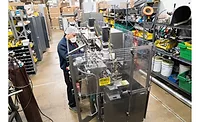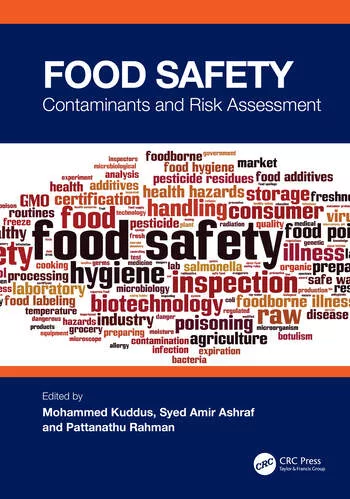IAFP Director David Tharp Marks a Quarter Century on His Summer Job

Source: Food Safety News
When the conference of the International Association for Food Protection (IAFP) wraps up tonight with the its awards banquet, director David Tharp will have 25 of the annual events under his belt, despite the fact that he thought he would only be with the organization for a few months.
Tharp, a CPA, joined the staff of IAFP in April 1993, as the country was reeling from the wake of the Jack in the Box E. coli outbreak that killed four children and sickened more than 700 people. The IAFP had about 800 members at that time.
Even with the topic of food safety in the headlines on a daily basis in the spring of 1993, Tharp thought his stint with the food protection organization was just a seasonal gig. He said he figured he would go back to full-time CPA work when the next tax season hit.“Jack in the Box made food safety newsworthy and that was the beginning of the evolution,” Tharp said Tuesday afternoon during a break from his duties overseeing the annual conference.
“I thought I would be their finance director for the summer and then go back to doing taxes,” he said.
But the compelling nature of the organization’s mission and what Tharp describes as the best collection of colleagues he’d ever encountered left him uninterested in returning to the world of income tax forms.
“At the annual conference my first year I met so many people who were so passionate about what they were doing and so friendly and welcoming, I knew I would be staying,” Tharp said.
Looking for quick answers on food safety topics?
Try Ask FSM, our new smart AI search tool.
Ask FSM →
That camaraderie has grown along with the organization during Tharp’s time at the helm. He accepted the director’s job in 1997 and focused his attention on growing the membership and keeping the association on sound financial footing.
“I never claimed to be a food safety professional,” he said modestly. “I don’t have a scientific background. I focused my efforts on the operations of the organization.
“Our membership has been growing steadily in the past 12 to 13 years while so many other professional and trade associations have been seeing declining numbers.”
The IAFP now has more than 4,000 members worldwide. This year’s conference attracted more than 3,500 attendees to the Tampa Convention Center.
Under Tharp’s leadership the association, originally a U.S. venture, expanded to an international organization in 2005. A European conference was added to the annual calendar that year and has been a fixture ever since. The group also has events now in China, Dubai, Latin America and the Asia-Pacific region.
The organization brings together people who are often on opposite sides of the table when it comes to food safety issues, with members including government officials, food industry executives, and academics who are all committed to making food safer around the world.
About 55 percent of the IAFP membership is currently from the food industry. Right now academia is the second largest membership block, at about 25 percent, with the remaining members coming from government or other sectors.
Among the accomplishments that Tharp is most proud of are the efforts to keep the association affordable and accessible and the work its foundation does to support students who are pursuing degrees and careers in the field of food safety.
“Our membership fee is $55 a year. We have purposefully kept the cost down to encourage membership,” Tharp said. “It’s a very small fee to be in touch with so many people who are working toward the same goals.”
Tharp is particularly pleased with the impact IAFP has had for its student members during his time in the director’s chair. Student membership dues are only $27.50 a year, an example of the association’s commitment to engaging as many people as possible.
“I have seen students launch their careers at the conference,” Tharp said. “That has been wonderful to watch.”








